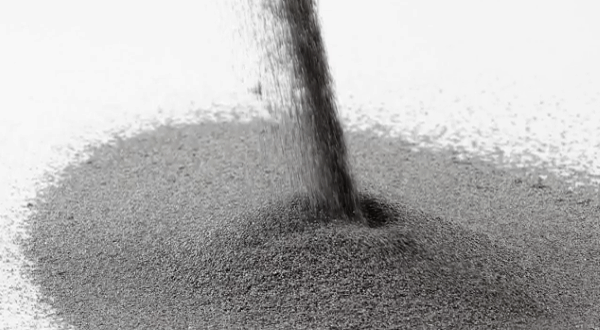Holographic beam shaping for additive manufacturing
Holographic techniques for controlling the laser beams used in additive manufacturing are set to improve the process of making components from metallic powder.


One of the limitations of the process currently is that the intense heat at the focus of the laser, which fuses the metallic powder, leads to thermal stresses and distortion in the part being made. These are difficult to predict or control.
In an EPSRC funded three-year research programme, a team from Cambridge University’s engineering department will use computer-generated holography to control the distribution of the laser’s energy in three dimensions.
Additive manufacturing glass optics
Additive manufacturing: an inconvenient truth
“Rather than using a single beam with a scanning mirror, we can use multiple beams at the same time. We can build up our structure in a more three-dimensional way, which allows us to control things like thermal stresses,” said Tim Wilkinson, professor of photonic engineering and leader of the project.
A key advantage of the holographic approach is the ability to correct for limitations in the system.
Register now to continue reading
Thanks for visiting The Engineer. You’ve now reached your monthly limit of news stories. Register for free to unlock unlimited access to all of our news coverage, as well as premium content including opinion, in-depth features and special reports.
Benefits of registering
-
In-depth insights and coverage of key emerging trends
-
Unrestricted access to special reports throughout the year
-
Daily technology news delivered straight to your inbox










UK Automotive Feeling The Pinch Of Skills Shortage
Aside from the main point (already well made by Nick Cole) I found this opinion piece a rather clunking read: • Slippery fish are quite easy to...